TRAVEL
13 Defunct Airlines That Went Out Of Business
Published
8 months agoon

Wikipedia
The history of aviation is dotted with the stories of airlines that once connected cities, countries, and continents, serving as the backbone of international travel and commerce. These airlines, through their innovations, services, and global networks, helped shape the modern world, making distant lands accessible and fostering cross-cultural exchanges. The volatile nature of the airline industry, marked by economic fluctuations, intense competition, regulatory changes, and unforeseen global events, has led to the downfall of many once-prominent carriers. Exploring their contributions to the aviation industry, the challenges they faced, and the legacy they leave behind. From pioneering giants like Pan American World Airways and Trans World Airlines to regional favorites like FlyBe and Kingfisher Airlines, each of these defunct airlines tells a story of ambition, innovation, and, ultimately, the harsh realities of the skies.
Pan American World Airways (Pan Am)
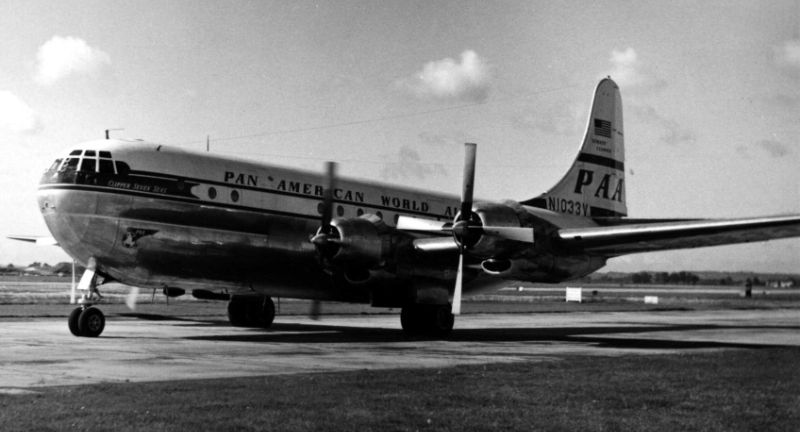
Wikipedia
Pan American World Airways, commonly known as Pan Am, was an iconic symbol of the golden age of air travel, operating from 1927 until its collapse in 1991. It was renowned for pioneering intercontinental travel, making the world more accessible to the average person. Pan Am played a crucial role in developing the Boeing 747, the first widebody airliner, which revolutionized air travel with its capacity and range. Financial difficulties, exacerbated by the 1973 oil crisis and increased competition, led to the airline’s decline. Its legacy lives on in the annals of aviation history, symbolizing the spirit of adventure and the globalization of air travel.
Trans World Airlines (TWA)
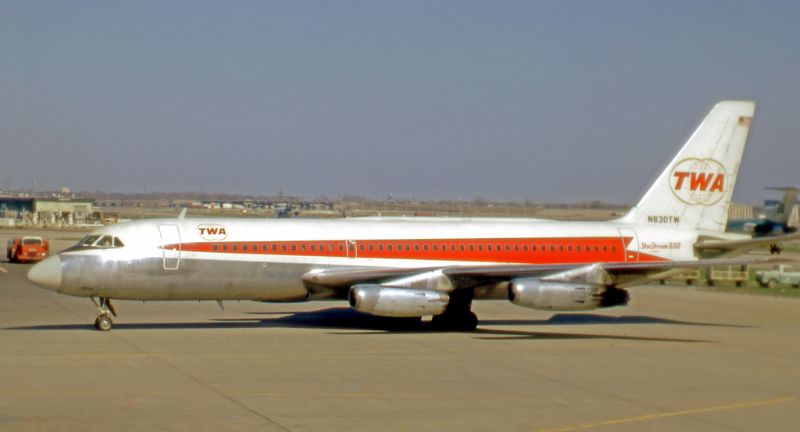
Wikipedia
Trans World Airlines, better known as TWA, was once a major player in the American airline industry, with its heyday from the 1940s to the 1960s. It was famed for its luxurious service and the innovation of transatlantic flights, making international travel more accessible. TWA’s terminal at JFK Airport in New York, designed by Eero Saarinen, is an iconic symbol of mid-century modern architecture. Financial troubles and operational challenges in the 1980s and 1990s led to its eventual acquisition by American Airlines in 2001. TWA’s legacy is remembered for its contribution to making air travel a significant part of modern life.
Eastern Air Lines
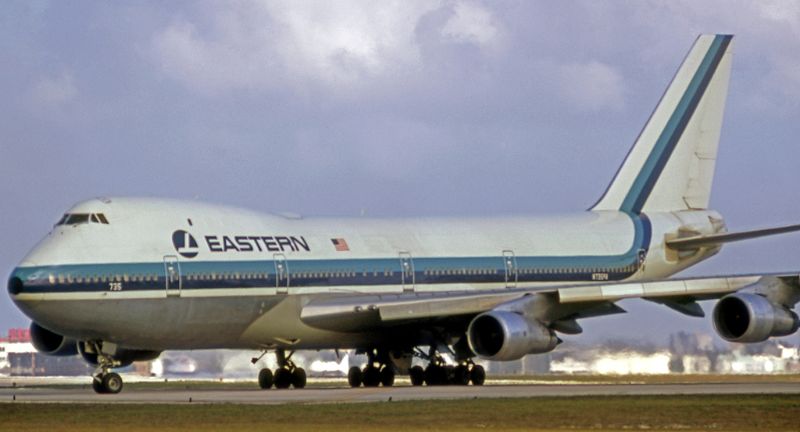
Wikipedia
Eastern Air Lines was a major American carrier that served as a key player in the airline industry from 1926 until its financial collapse in 1991. Known for its extensive network along the East Coast, it helped popularize air travel in the United States with innovations like shuttle services. The airline faced numerous challenges, including labor disputes, deregulation impacts, and rising fuel costs, which ultimately led to its downfall. Eastern played a significant role in the development of the aerospace industry, contributing to the growth of airports and air travel infrastructure. Despite its end, Eastern Air Lines remains a significant part of aviation history, remembered for its contributions to the golden age of air travel.
Swissair
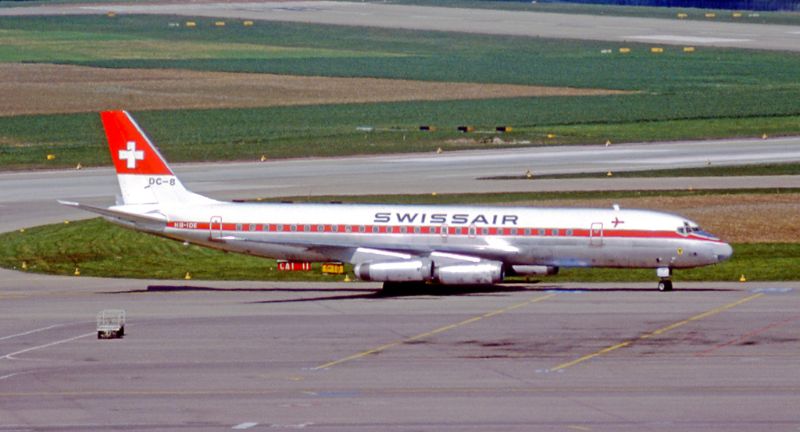
Wikipedia
Swissair, known as the “Flying Bank” due to its financial stability, was the national airline of Switzerland until it ceased operations in 2002. Its collapse was a major shock to the global aviation industry, stemming from a failed expansion strategy and the aviation downturn following the September 11 attacks. Swissair was renowned for its quality service, punctuality, and safety record, setting the standard for international air travel. The airline’s demise led to the creation of Swiss International Air Lines, formed from the remnants of Swissair and Crossair. Swissair’s story is a cautionary tale of the dangers of over-expansion and the volatility of the airline industry.
Air Berlin
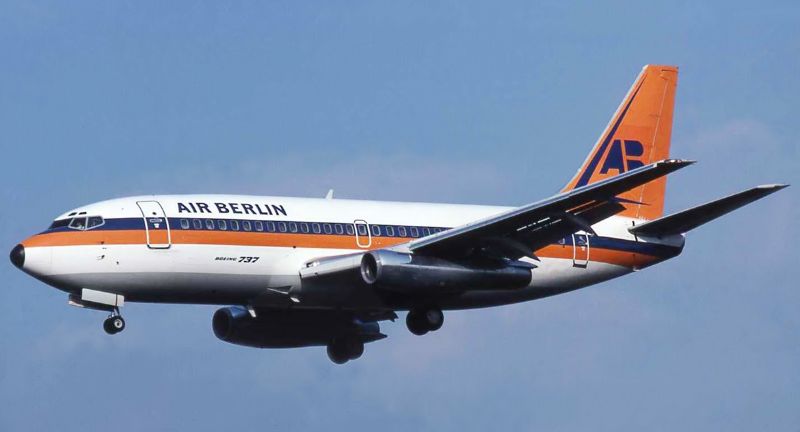
Wikipedia
Air Berlin was Germany’s second-largest airline and Europe’s tenth-largest airline in terms of passengers carried, before it ceased operations in October 2017. Founded in 1978 as a US company to circumvent West Berlin’s aviation restrictions, it grew rapidly after German reunification, but struggled with profitability throughout its history. Air Berlin’s business model, straddling between low-cost and full-service, faced challenges from both market segments. The airline’s financial troubles were compounded by failed investments and an inability to find a sustainable niche. Its collapse marked the end of an era for German aviation, with Lufthansa and other airlines absorbing parts of its operations and fleet.
Ansett Australia
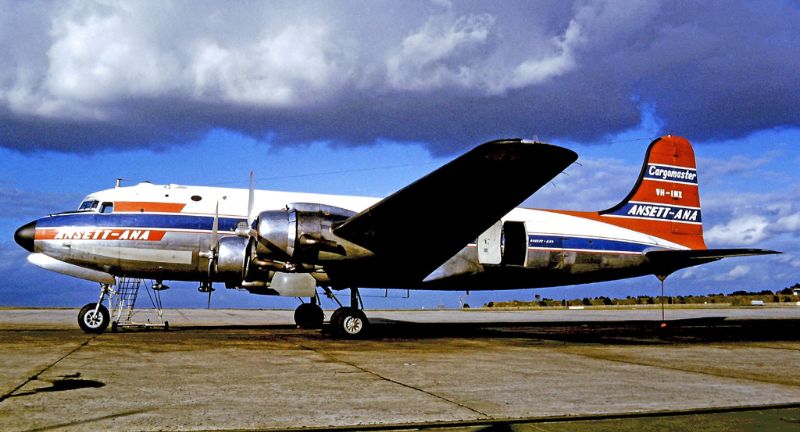
Wikipedia
Ansett Australia was a leading Australian airline that operated from 1936 until its dramatic collapse in 2001, leaving thousands jobless and stranding passengers worldwide. It was known for its high level of service and extensive domestic and international network. The airline’s financial troubles were attributed to poor management decisions, a failure to adapt to a changing market, and intense competition from other carriers. Ansett’s demise was hastened by a downturn in the global aviation industry and the financial difficulties of its parent company, Air New Zealand. The fall of Ansett Australia had a profound impact on the Australian aviation landscape, leading to increased market share for competitors like Qantas and the rise of new low-cost carriers.
Braniff International Airways
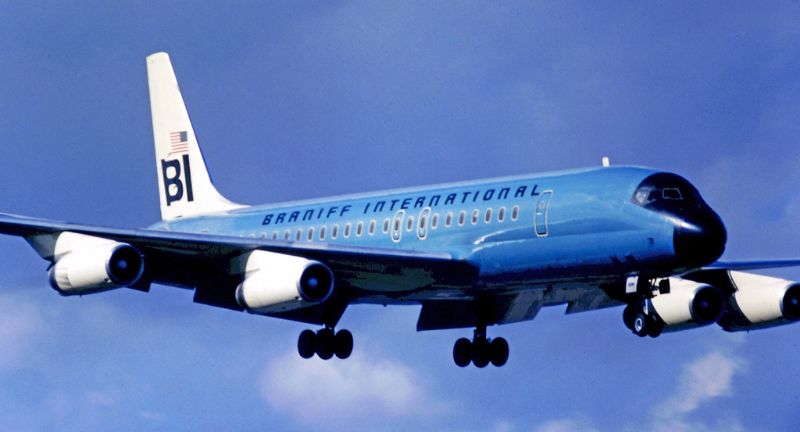
Wikipedia
Braniff International Airways was an American airline that made headlines for its bold colors, innovative marketing, and at one point, the fastest transcontinental service. Founded in 1928, it expanded rapidly in the 1960s and 1970s, introducing the first fully coordinated air-ground service design. Braniff’s aggressive expansion strategy led to significant financial difficulties, exacerbated by the 1978 Airline Deregulation Act. The airline attempted to innovate with concepts like the “Air Strip” and the “Ultra Look,” but these were not enough to save it from bankruptcy in 1982. Braniff’s legacy is remembered for its contribution to airline branding and design, leaving a lasting impact on the aviation industry.
Canadian Airlines
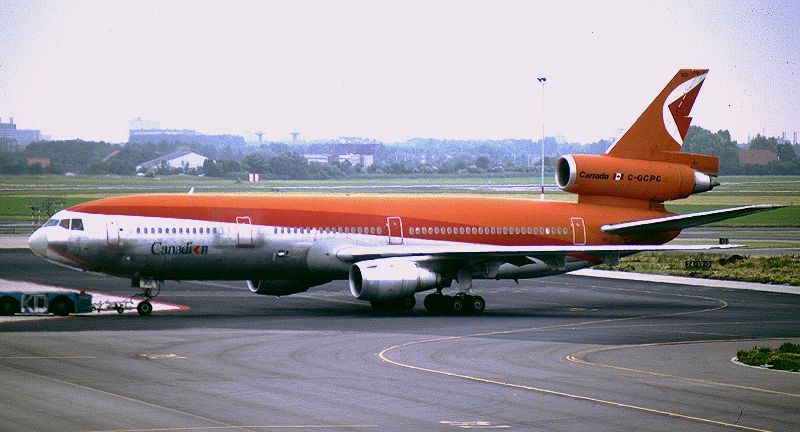
Wikipedia
Canadian Airlines was formed in 1987 from the merger of several airlines, becoming Canada’s second-largest carrier. It played a significant role in developing Canada’s aviation industry, offering international service to five continents. Despite its ambitions, Canadian Airlines struggled with financial issues, exacerbated by fierce competition and economic challenges. In 2000, facing bankruptcy, it was acquired by Air Canada, marking the end of its operations as a separate entity. The merger of Canadian Airlines into Air Canada significantly reshaped the Canadian aviation market, leading to less competition and higher airfares in some markets.
Continental Airlines
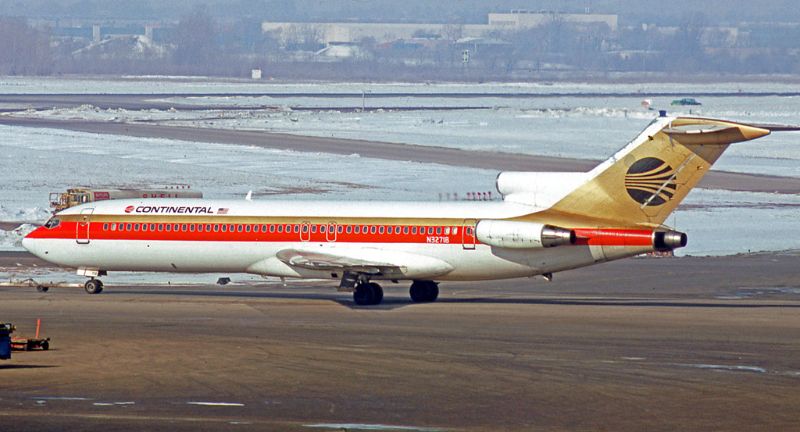
Wikipedia
Continental Airlines, founded in 1934, was a major American airline that eventually merged with United Airlines in 2010. It was known for its customer service and innovation, including being one of the first to offer frequent flyer miles. Continental had a significant impact on the aviation industry, pioneering routes to previously underserved international destinations. The merger with United created one of the world’s largest airlines, but also marked the end of the Continental brand. Continental’s legacy lives on through the operational practices and route networks that have been integrated into United Airlines.
Kingfisher Airlines
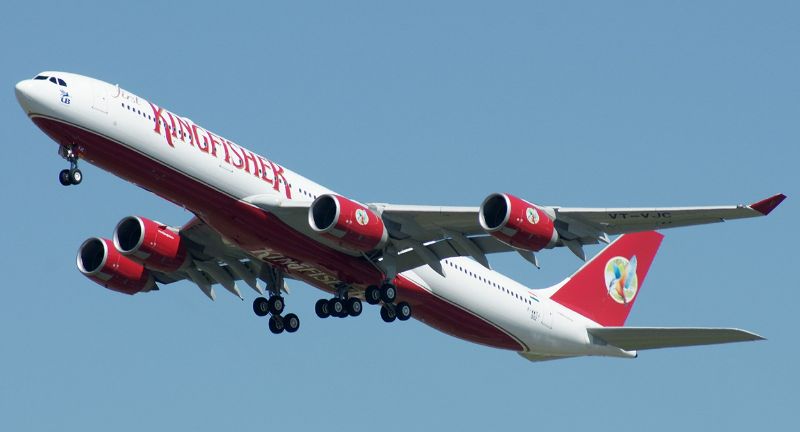
Wikipedia
Kingfisher Airlines, based in India, was known for its high-quality service and ambitious expansion plans, aiming to redefine air travel in the country. Founded in 2005 by the flamboyant entrepreneur Vijay Mallya, the airline quickly became a favorite among travelers for its premium services. Its aggressive expansion, coupled with high operational costs and a challenging economic environment, led to significant financial distress. By 2012, Kingfisher Airlines was grounded after failing to pay debts and losing its flying license. The airline’s collapse not only left thousands of employees jobless but also shook the Indian aviation market, highlighting the risks associated with rapid expansion and high leverage in the competitive airline industry.
Trump Shuttle

Alamy
Trump Shuttle, Inc., launched in 1989 by then-businessman Donald Trump, was an attempt to create a luxury airline service operating on the highly competitive East Coast corridor, specifically between Boston, New York City, and Washington, D.C. Acquiring the assets of the Eastern Air Lines Shuttle, Trump aimed to infuse the airline with his signature luxury, outfitting planes with chrome seatbelt latches, maple wood veneer, and premium leather seats, aiming to attract business travelers with an eye for comfort. Despite these luxurious upgrades, the airline struggled to turn a profit, facing stiff competition, high operating costs, and an economic downturn. By 1992, unable to sustain its financial losses, Trump Shuttle was sold to USAir, marking the end of Trump’s foray into the airline industry. The venture is often cited as an example of Trump’s ambitious but ultimately unsuccessful business projects in the 1990s.
Malev Hungarian Airlines
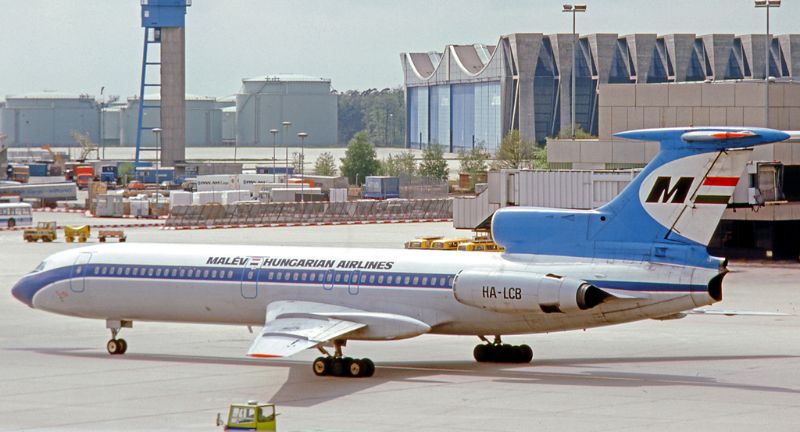
Wikipedia
Malev Hungarian Airlines served as Hungary’s national flag carrier for 66 years, from its inception in 1946 until it ceased operations in 2012. The airline played a pivotal role in connecting Hungary to the rest of the world, offering flights to over 50 countries. Despite its historical significance and role in promoting Hungarian culture abroad, Malev faced insurmountable financial difficulties, exacerbated by the global financial crisis and rising fuel prices. The European Commission’s order to repay state aid considered illegal further strained its finances, leading to its eventual bankruptcy. Malev’s disappearance left a void in Hungary’s aviation market, impacting Budapest Airport’s traffic and highlighting the challenges faced by national carriers in a competitive and regulated environment.
Monarch Airlines
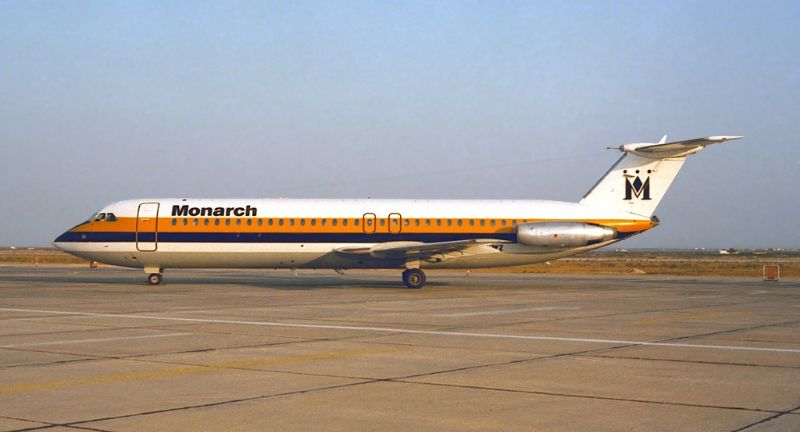
Wikipedia
Monarch Airlines was a British low-cost carrier and charter airline, offering flights to destinations across Europe, the United States, and India before its collapse in 2017. Founded in 1967, Monarch became known for its budget-friendly travel options, but struggled with financial issues due to rising fuel costs, competition, and currency fluctuations. The airline’s efforts to restructure and reduce costs were ultimately unsuccessful, leading to its liquidation and leaving 110,000 passengers stranded abroad. The UK government undertook a massive repatriation effort to bring affected passengers back home, in what was called the country’s “biggest peacetime repatriation.” Monarch’s failure underscored the volatility of the airline industry and the challenges faced by low-cost carriers in maintaining profitability amidst fierce competition.
Conclusion
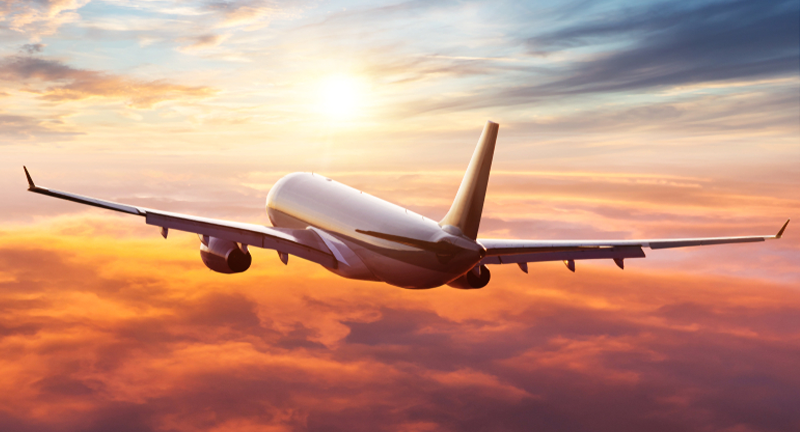
Shutterstock
The cessation of operations by these 30 airlines marks significant turning points in the history of aviation, reflecting the industry’s susceptibility to economic downturns, operational challenges, and the ever-evolving nature of global travel demands. Each airline’s story, from pioneering giants like Pan Am and TWA to regional connectors like FlyBe and Adria Airways, offers valuable lessons on the complexities of running an airline and the importance of adapting to changing market dynamics. Their legacies, whether through innovation, service excellence, or lessons learned in failure, continue to influence the aviation sector today. As the industry moves forward, the memories of these airlines serve as reminders of the relentless pursuit of connectivity and the spirit of aviation that inspires us to explore the world.
More From Bon Voyaged
-


Easiest Ways to Maximize Space In Your Suitcase
-
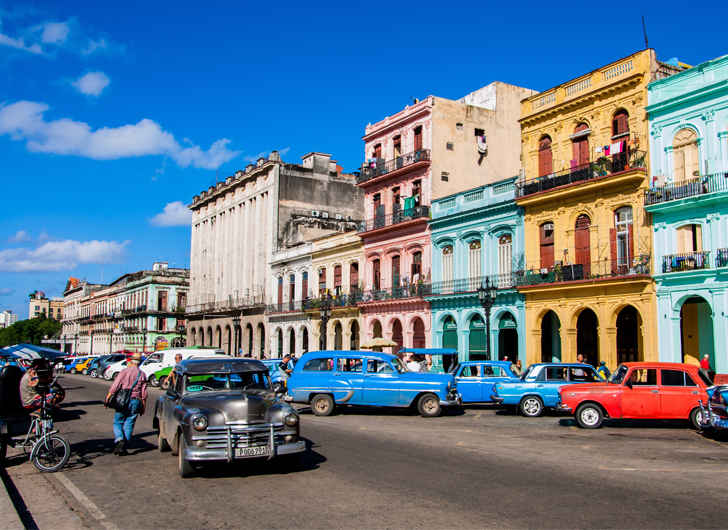

Carnival to Start Sailing to Cuba This Summer
-
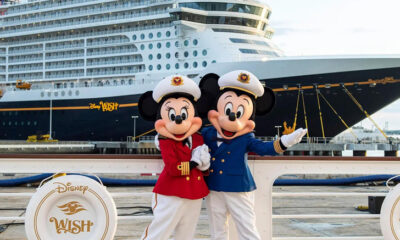

Disney Cruise Line Voted Best Cruise Line for Families
-


Sandals offering “Honeymoon Do-Over” Contest for COVID Travel-Deprived Lovebirds
-


Bali’s New Premarital Sex Ban Will Also Apply to Tourists
-


Norwegian Cruise Line Celebrating Teachers With a Free Cruise!
-


Dream Travel Job Alert
-


Flying High! Canadian Air Passengers Allowed to Bring Pot On-board…
-
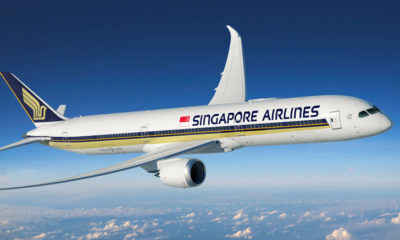

Singapore Airlines Resuming its Long-Haul New York Flight
-


25 Top Cruise Destinations For Older Adults
-


United Airlines Replacing Biscoff Cookies
-


Nickelodeon Hotels & Resorts Punta Cana Set to Reopen This…

